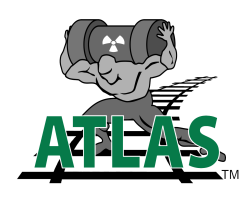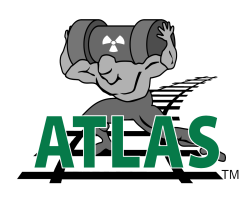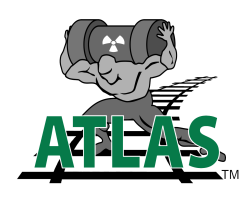Category of Content
Siting Experience Documents Only
Publication Date
Subject Matter
Keywords
M4SF-19ID020303045- Atlas Railcar Phase 3 Final Report
M4SF-19ID020303045- Atlas Railcar Phase 3 Final Report
Appendix B – Revised Railcar-to-Cradle Attachment Interface
Appendix B – Revised Railcar-to-Cradle Attachment Interface
Appendix D – Revised Conceptual Cradle Design Family 4
Appendix D – Revised Conceptual Cradle Design Family 4
ATLAS Railcar Design Project Status Report
ATLAS Railcar Design Project Status Report
DOE Atlas Railcar Project End-of-Phase 2 Final Report
DOE Atlas Railcar Project End-of-Phase 2 Final Report
Atlas Phase 2 Final Report Appendix A
Atlas Phase 2 Final Report Appendix A
This document provides a white paper detailing required changes to the DOE Atlas railcar conceptual cradle attachment components and Phase 1 conceptual cradle design due to the addition of the HI-STAR 190 SL and XL casks to the project.
Atlas Phase 3 Report - Prototype Fabrication and Delivery
Atlas Phase 3 Report - Prototype Fabrication and Delivery
The United States Department of Energy (DOE) is preparing for future large-scale transport of spent
nuclear fuel and high-level radioactive waste, which are collectively defined as High-Level Radioactive
Material (HLRM) by the Association of American Railroads (AAR). A part of this preparation includes
designing railcars to be used for the transport of HLRM.
Atlas Phase 2 Report - Preliminary Design
Atlas Phase 2 Report - Preliminary Design
The United States Department of Energy (DOE) is preparing for future large-scale transport of spent nuclear fuel and high-level radioactive waste, which are collectively defined as High-Level Radioactive Material (HLRM) by the Association of American Railroads (AAR). A part of this preparation includes designing railcars to be used for the transport of HLRM.
Guidance for Creating a Community Benefits Plan for Regional Direct Air Capture Hubs
Guidance for Creating a Community Benefits Plan for Regional Direct Air Capture Hubs
This document is intended to provide supplemental information to assist applicants developing a Community Benefits Plan (CBP) for the Regional Direct Air Capture Hubs. As shown in the graphic to the right, Community Benefits Plans are based on a set of four core interdependent policy priorities: engaging communities and labor; investing in America's workforce; advancing diversity, equity, inclusion, and accessibility; and implementing Justice40.
Policies for Achieving Energy Justice in Society: Best Practices for Applying Solar Energy Technologies to Low-Income Housing
Policies for Achieving Energy Justice in Society: Best Practices for Applying Solar Energy Technologies to Low-Income Housing
Studies indicate that the energy burden — energy costs as a percentage of annual family income — on low-income families is inordinately high, compared to that of the rest of the population. Rising fuel costs exacerbate this problem. Residential solar energy systems can help address this situation by furnishing a price-stable energy source with the added benefit of reduced greenhouse gas emissions. However, without appropriate incentives, these systems are prohibitively expensive for low-income families.



